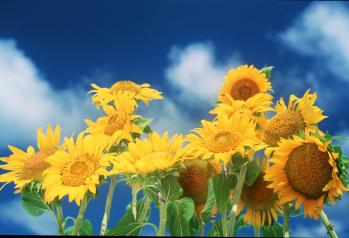
The Luzonian MSEUF Lucena - Did you know that sunflowers can help clean radioactive soil? Sunflowers are what environmental scientists call hyperaccumulators-- plants that have the ability to take up high concentrations
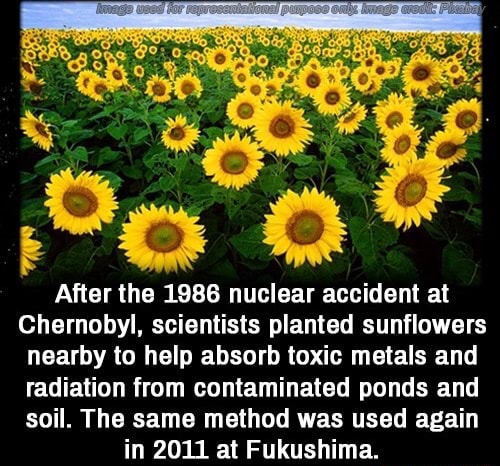
After the 1986 nuclear accident at Chernobyl. scientists planted sunflowers nearby to help absorb toxic metals and radiation from contaminated ponds and soil. The same method was used again in 2011 at Fukushima. - )

Nuclear Age Peace Fn on Twitter: "Our monthly newsletter is named after the sunflower, a flower of hope which actually absorbs radiation. Subscribe to our sunflower monthly newsletter here to get all

Flower Shop Network - #DidYouKnow sunflowers are referred to as "hyperaccumulators" by environmental scientists due to their ability to absorb toxic metals. After the nuclear disaster in Fukushima, fields of sunflowers were
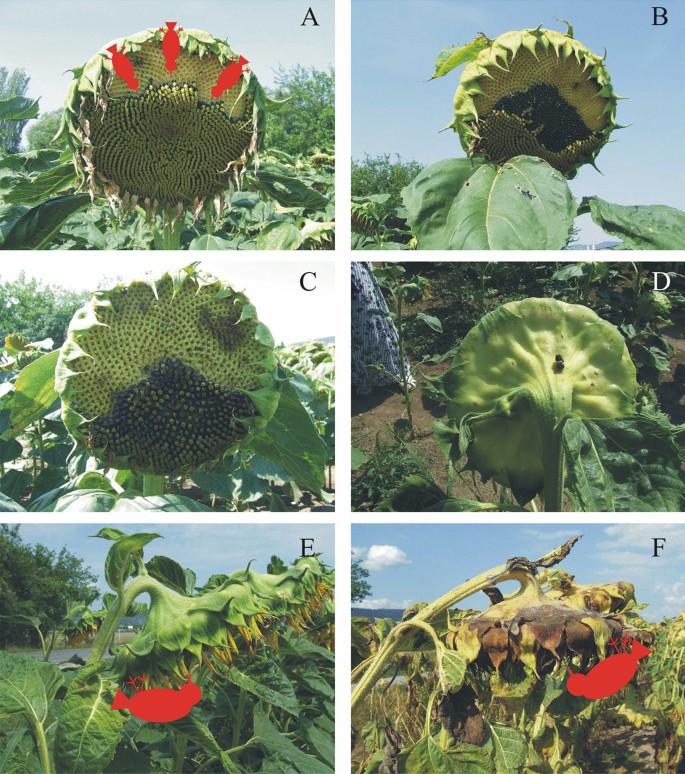
Sunflower inflorescences absorb maximum light energy if they face east and afternoons are cloudier than mornings | Scientific Reports

FFHNAS SHS Science Club - Sunflowers can clean the world Sunflowers have a remarkable ability to absorb toxins, including toxic metals and radiation. Following nuclear disasters such as Chernobyl and Fukushima, scientists







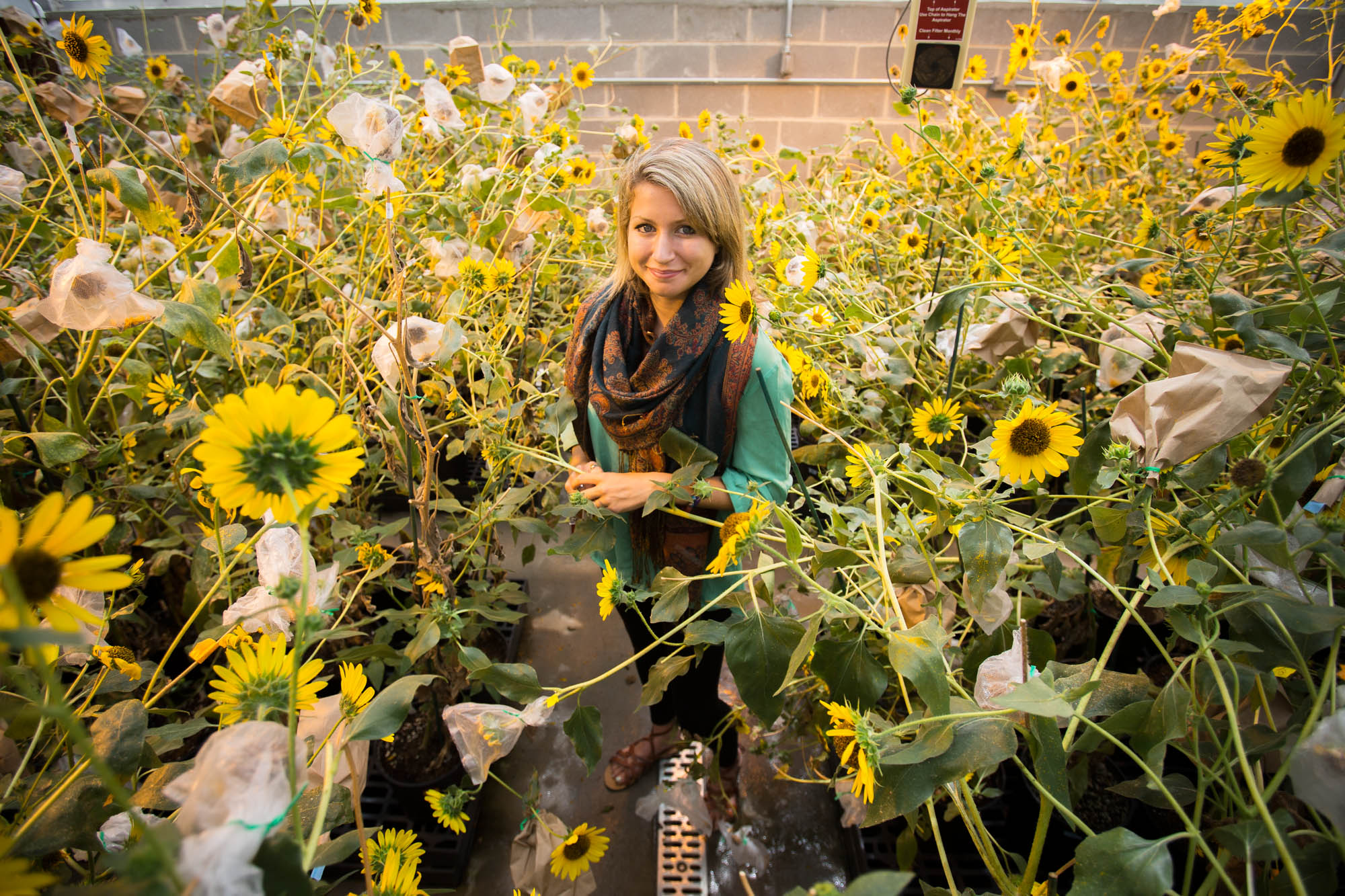



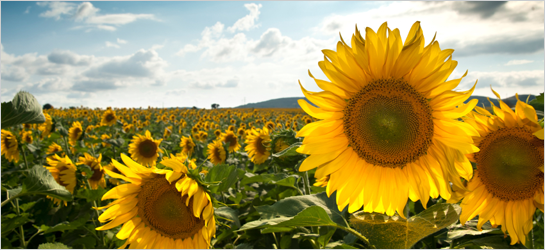

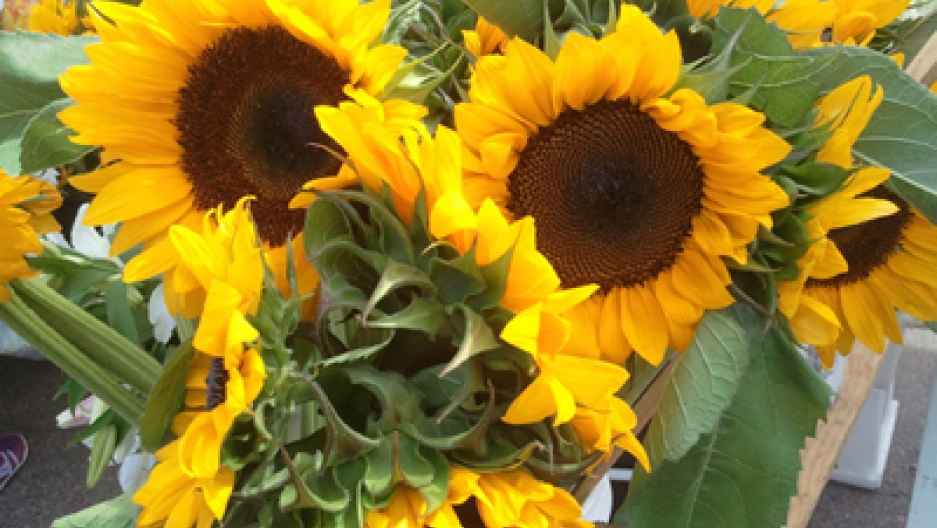

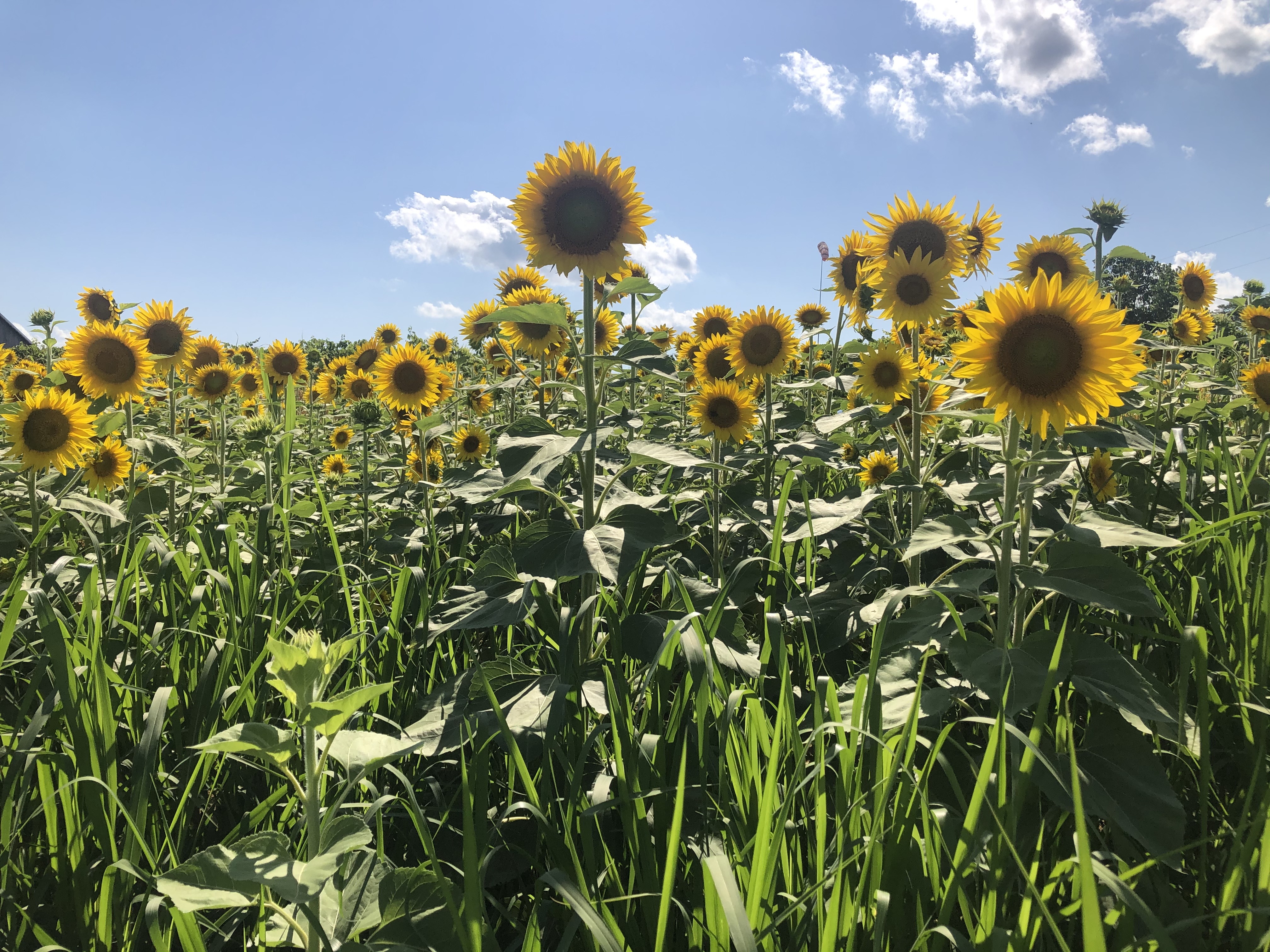

![11 Plants That Absorb Radiation 2022 [Updated] - Pond Informer 11 Plants That Absorb Radiation 2022 [Updated] - Pond Informer](https://pondinformer.com/wp-content/uploads/2022/10/plants-that-absorb-radiation-common-sunflower.jpg)

